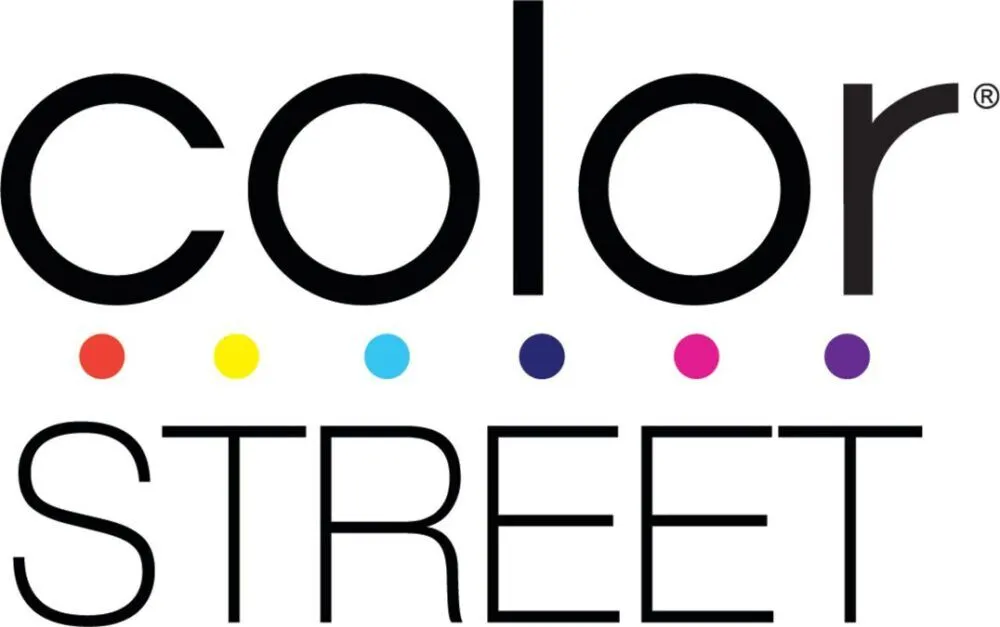
Is Color Street a Pyramid Scheme? An In-Depth Look
Color Street has dazzled the nail care industry with its vibrant nail polish strips. The company’s convenient and easy-to-use products offer long-lasting designs and affordability, and its unique selling model sparks curiosity. Color Street utilizes a direct selling model known as multi-level marketing (MLM). Some individuals worry that MLMs have a reputation for resembling pyramid schemes. In this article, we’ll delve into the distinctions between MLMs and pyramid schemes, examine Color Street’s business model, and determine whether it exhibits characteristics of a pyramid scheme.
Understanding MLMs and Pyramid Schemes
- Multi-Level Marketing (MLM): A legitimate business structure where individuals, often called distributors or stylists, sell products directly to consumers as independent contractors. MLMs emphasize recruiting others to join the sales force. Distributors earn commissions on personal sales and sales made by those within their recruited network or “downline.” Companies like Amway, Mary Kay, and Herbalife are well-known MLMs.
- Pyramid Scheme: An illegal and fraudulent model centered on recruitment. Participants are promised financial rewards primarily for recruiting others, with little to no emphasis on actual product sales. The flow of money depends on continuous recruitment, and when new members dwindle, the scheme collapses, leaving most participants with losses.
Key Differences
The crucial distinction between MLMs and pyramid schemes lies in their focus. MLMs concentrate on product sales; distributors generate income through product transactions. While recruitment plays a part, the model remains sustainable if goods are being sold. Pyramid schemes, on the other hand, prioritize recruitment over product sales. The scheme’s survival depends on continuously bringing in new members.
Examining Color Street’s Business Model
Color Street operates according to the MLM model. Here’s how it works:
- Becoming a Stylist: Individuals become Color Street stylists by purchasing a starter kit and paying a sign-up fee.
- Earning Commissions: Stylists earn commissions based on their sales and the sales of any stylists they have recruited.
- Recruitment: There’s an incentive for stylists to recruit new members, forming a multi-level compensation structure.
Characteristics of Pyramid Schemes to Watch For
Let’s look at some telltale signs of a pyramid scheme and analyze them against Color Street’s model:
- Exorbitant upfront costs: Pyramid schemes frequently demand hefty initial investments or require large purchases of inventory. Color Street’s starter kits have moderate prices when compared to startup costs in other businesses
- Focus on recruitment over sales: Pyramid schemes primarily reward recruitment, while sales take a backseat. Although recruitment is part of Color Street’s model, the company maintains a product-centric approach where substantial sales volume is possible.
- Unsustainable compensation structure: Pyramid schemes cannot sustain themselves in the long run due to reliance on a constant influx of new participants. Color Street’s potential for earning depends on genuine sales activity rather than merely recruitment.
The Verdict: Is Color Street a Pyramid Scheme?
While Color Street exhibits some similarities to pyramid schemes due to its MLM structure, the company prioritizes product sales. Pyramid schemes hinge on continual recruitment and are inherently unsustainable. Color Street does place value on recruitment of distributors, however, it is possible for individuals to succeed through product sales without heavily relying on building a downline.
MLM Considerations and Controversies
MLMs, including Color Street, often come under scrutiny. Here are some points to ponder:
- Income Potential: The vast majority of MLM participants earn modest incomes or even operate at a loss. Only a small percentage achieve substantial financial success.
- Market Saturation: Some markets become saturated with distributors, making sales and recruitment a challenge.
- Pressure Tactics: Some MLM distributors might use aggressive sales and recruitment tactics that can cause discomfort.
Should You Join Color Street?
Deciding to join an MLM requires careful consideration. If you are passionate about Color Street products, enjoy sales, and possess strong networking skills, Color Street might be worth exploring. Thoroughly research the company, the compensation structure, and understand the challenges of MLM participation.
Conclusion
Color Street doesn’t fully align with the characteristics of a pyramid scheme. However, MLMs have their inherent complexities and risks. Conduct in-depth research and thoughtfully weigh the pros and cons before jumping into any multi-level marketing opportunity.
